SupremePunk #082
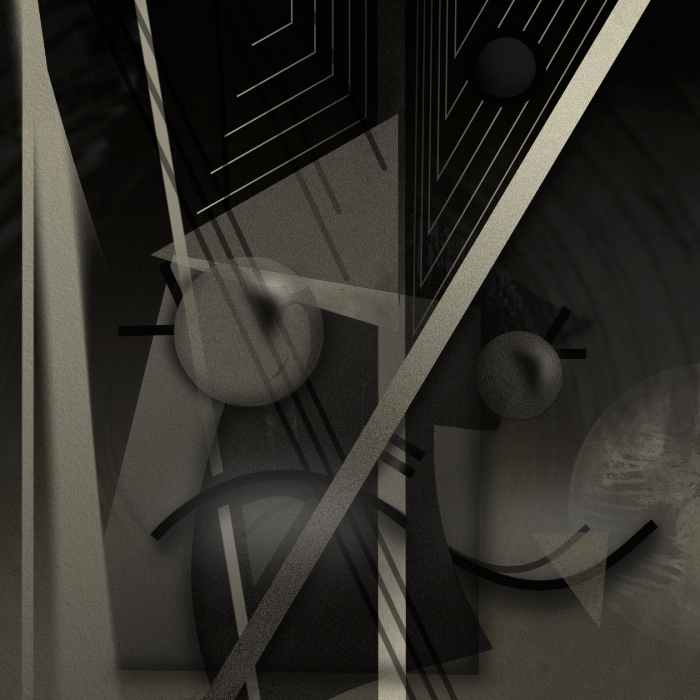
Monochrome Puppet
This Punk is inspired by the work of Varvara Stepanova. The painting presents a rather lively and three-dimensional space with textured geometric figures forming a kind of image. The foreground is semi-transparent, showing the composition in the background. The overall composition lacks an architectonic framework, the geometric figures seem to hang in the air, relieved of earthly gravity. The structure of the painting represents a leap from static rational order to flexible freedom, suggesting a moment of play and paradox. The material objectivity of forms dissolves in the dynamics of rhythms and lines and represents the apotheosis of constructiveness. The painting embodies constructivist aesthetics, reflecting the spirit of new constructivist architecture. Varvara Stepanova was also very much in tune with the views of the constructivists and avant-garde artists of her time.
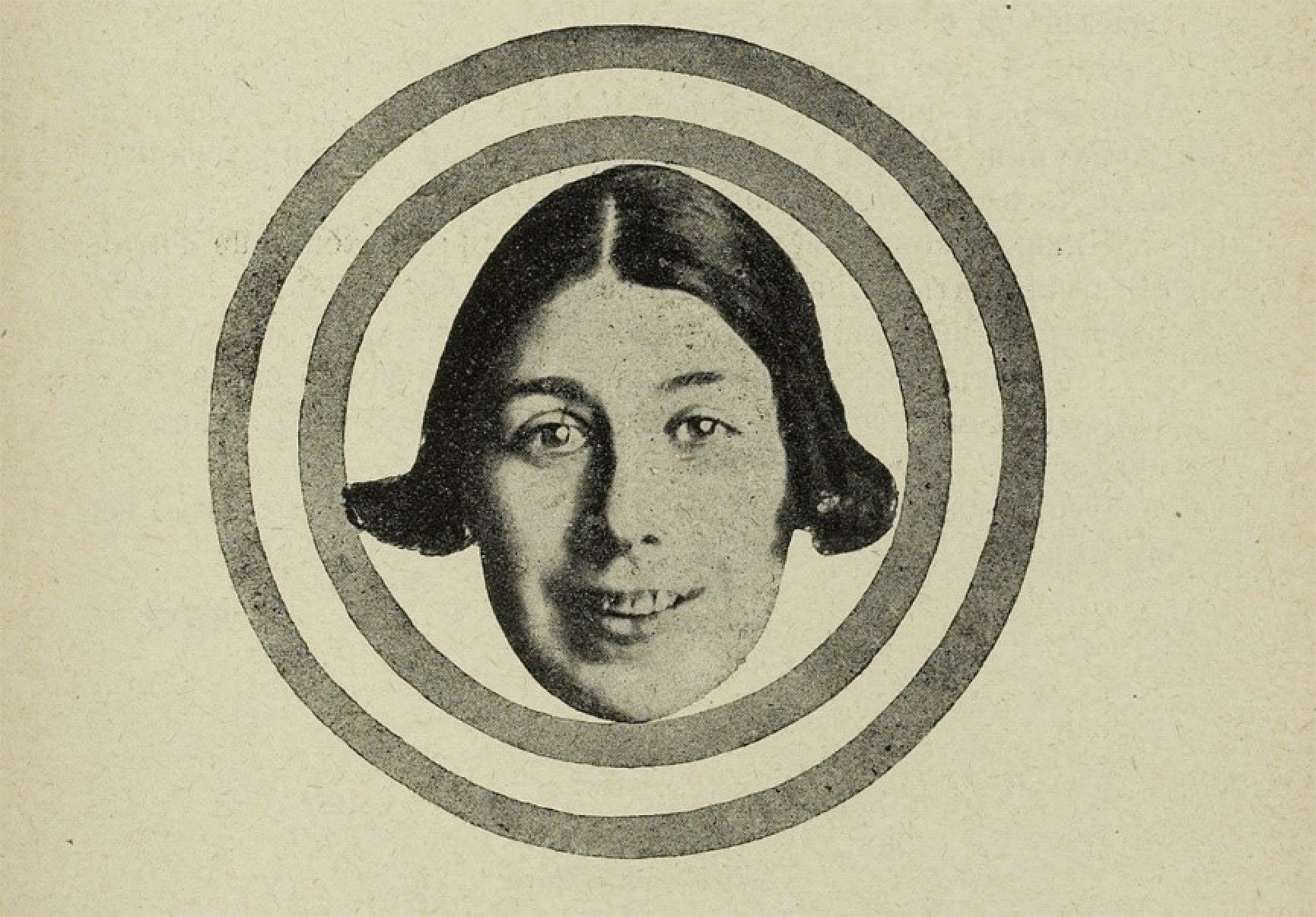
Varvara Stepanova. Collage portrait.
Varvara Stepanova has been called the "Amazon of the Russian avant-garde". She designed magazines, created books in the style of "visual poetry", designed prints for the first cotton-printing factory in Moscow and designed industrial and sportswear. In her long artistic career, Varvara perfected her style from academic painting, to cubism, and later to non-figurative art. She was strongly influenced by the work of her husband Alexander Rodchenko as well as Kazimir Malevich, Pablo Picasso and the constructivist architects.
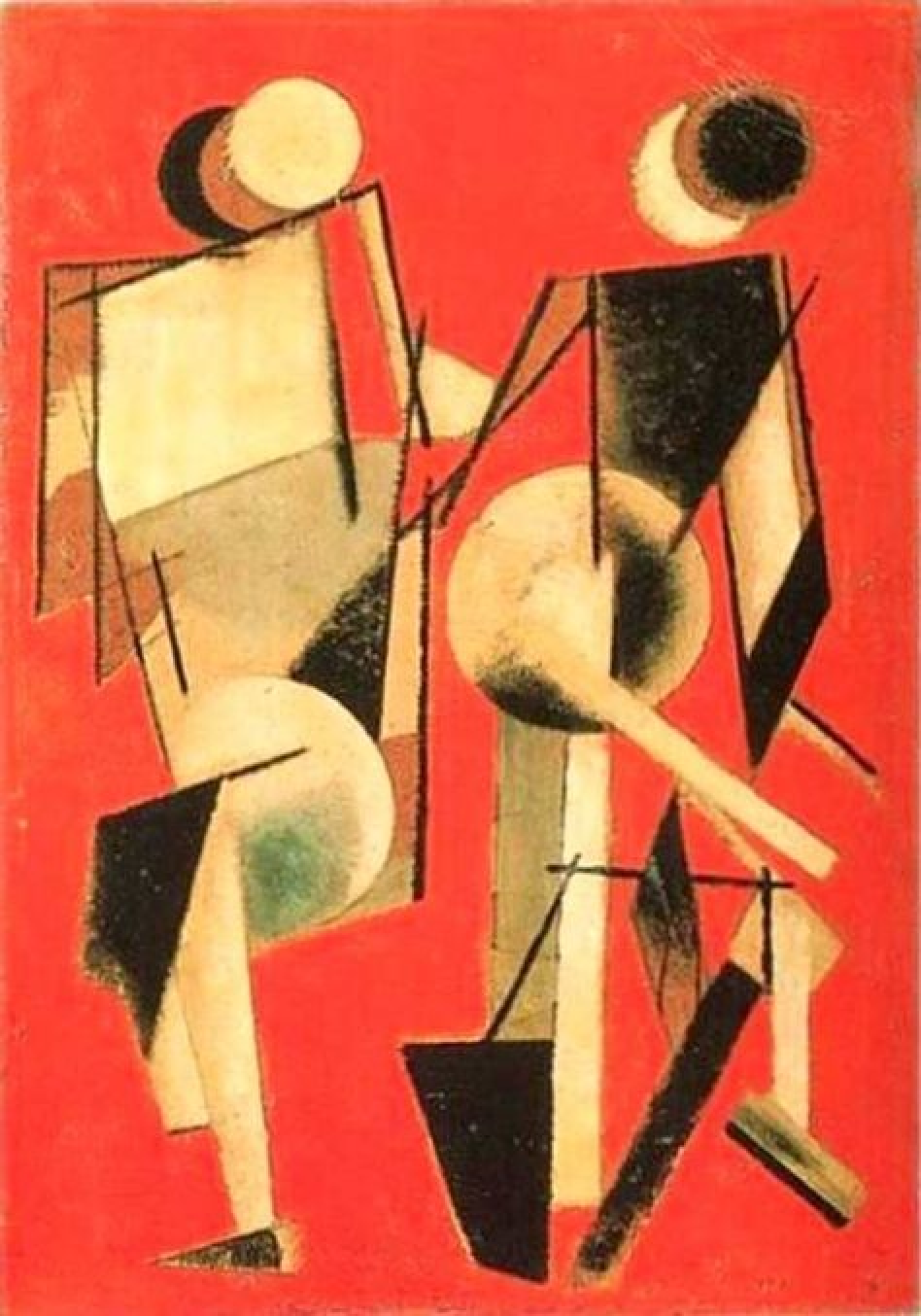
V. Stepanova — Two figures on a red background, 1920
One of Varvara's significant works is Two Figures on a Red Background, which served as a reference to Punk. At the beginning of the 20th century Varvara created a unique series of works. This series consisted of geometric sets of abstract forms - all kinds of rectangles, lines and circles, which were transformed into a variety of semi-real, semi-fantasy multi-figured compositions. Stepanova was not portraying specific situations, but was trying to convey the most general philosophical and plastic feeling of such scenes. She created a peculiar manner of schematisation of the human figure which was later used by many artists to illustrate books and magazines as well as to create prints for fabrics. This clear graphic style came in handy for her own further graphic work.
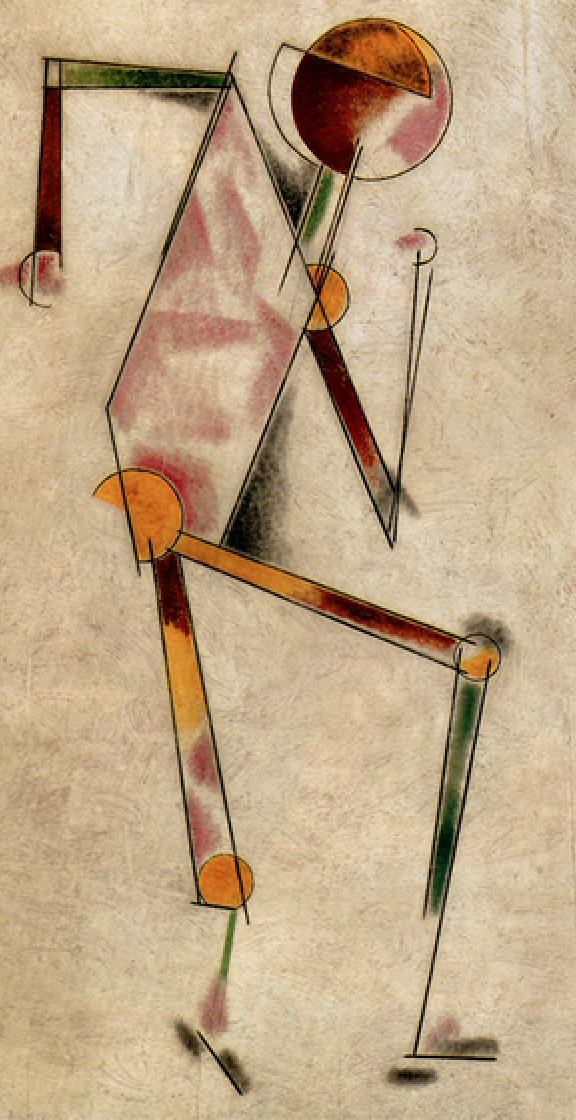
V. Stepanova — Figure, 1921
SupremePunk #082 captures well the plastic techniques that Stepanova used. Firstly, the clear accentuation of the central part of the painting through the use of geometric bodies and colour.
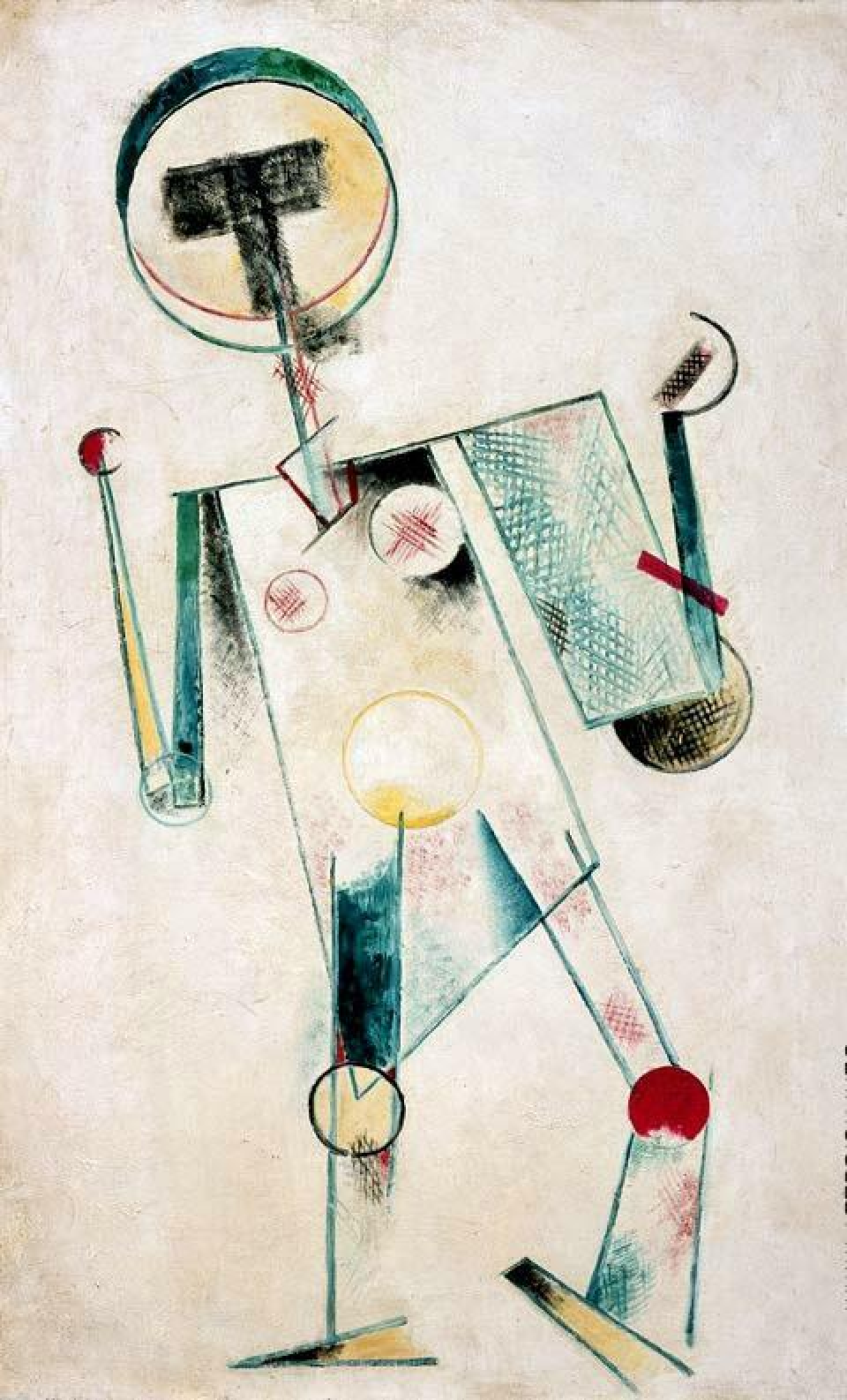
V. Stepanova — Figure, 1921
Secondly, the colour texture of the painting, imitating different textures, also refers us to Varvara's work, she was very fond of using the stencil technique with the overlay of texture paste on her canvases. The texture also conveys well the planned nature of the work, you can freely feel the "air layers" between the objects.
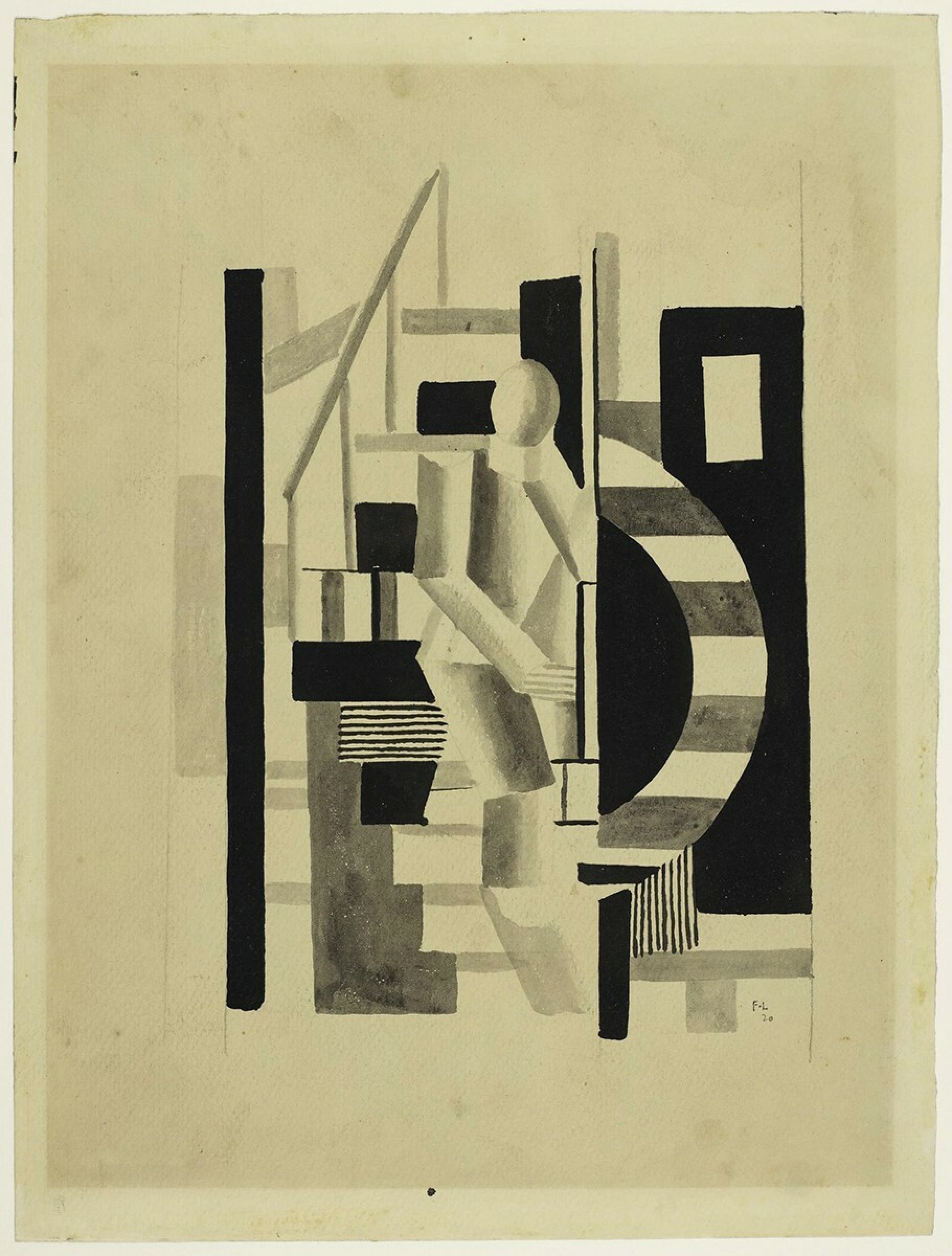
Fernand Léger — Composition with a figure on a staircase, 1920
SupremePunk symbolically shows an image of closure and wholeness with the surrounding geometry. Similar motifs can be found in the paintings of the artist Fernand Léger. The motif of a man on a ladder, in combination with other elements, can be found in a number of paintings and graphic works by the author. In compositions with "mechanical elements", belonging to the previous period of the artist, a man either had no place at all, or he was fully identified with the tools and products of his work. In a series of drawings, Léger introduces the human figure into the composition, which is treated as a whole rather than a disjointed form. From this point onwards the human image becomes increasingly important to Léger. But, of course, the character in Leger's pictorial system is invariably understood, in the artist's own words, "not as a psychological value, but exclusively as a plastic value," as an" object.
The extremely simplified figures are inseparable from the geometrical construction into which they are inserted. The single geometric law, according to Léger, embraces the whole artificially created subject world that surrounds XXth century man - be it machines or works of art. The artist strives to bring the differently directed forces into equilibrium.
The prevailing rhythm of horizontal and vertical stripes gives the image greater orderliness compared with the restless flicker of "mechanical elements".

Buy

Gallery:
CryptoPunk #5988 that has been taken as a base

Your transaction is in progress

You have connected to the wrong network

Transaction is successful!


